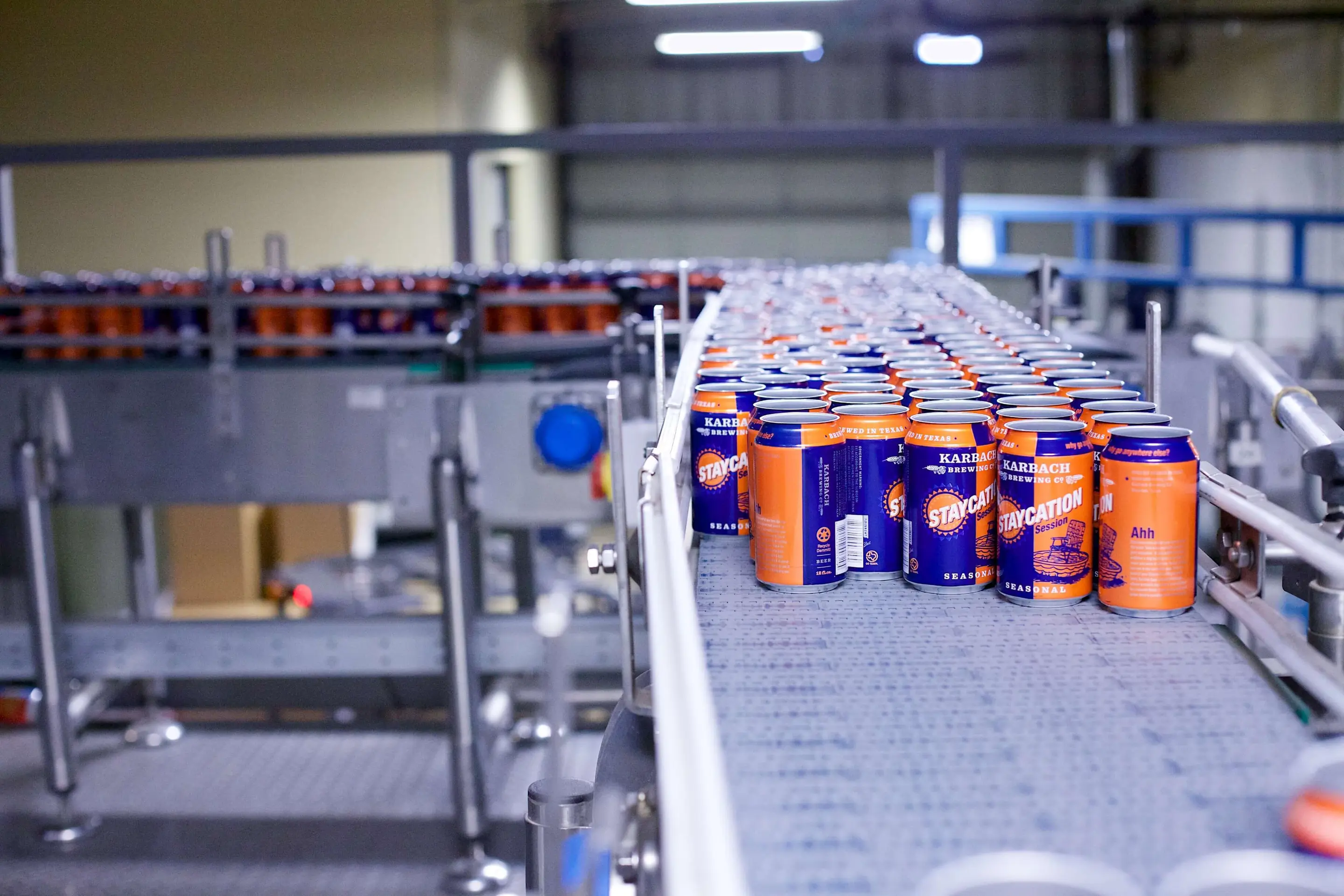The value of teamwork—like the desire to brew beer—is ancient and universal.
John Donne wrote that no one is an island. Posters bearing Harry Truman’s quip about sharing the credit could cover square miles. A team is a group of people working towards the same goal, but merely grouping people together doesn’t automatically result in a team, much less a performant one.
The same truths hold true for beer brewing—and for digital product development.
How does DockYard cultivate a culture that produces highly-effective teams full of teammates who trust and respect each other (more on team chemistry and how it pays off in part two of this series). By using the same foundation you would to package beer: safety, then quality, then speed.
Safety, Quality, Speed
Several years ago, when my son was small and I found myself at a career crossroads, I got a job at Karbach Brewing Company, a fast-growing craft brewery in Houston, Texas. Brewery production jobs are hard, sweaty, and sometimes dangerous.
Combine that environment with pressing deadlines and a discerning customer base and you’re left with a similar dilemma to one that software teams face: What do you prioritize to get the product packaged in time? For our production team, it was:
Safety first Then quality Then speed
Before the brewery, I’d worked in a SaaS shop and in consultant roles as a project manager, and when I was introduced to this maxim at Karbach, I immediately thought it was applicable to all sorts of other product teams.
Here’s how I apply this three-part priority list to my own teams today:
Safety First
When packaging beer or operating in any industrial environment, the need for safety is obvious. It doesn’t matter how much product you can package if workers end up with injuries from heavy machinery day after day. Many breweries won’t even take you on a group tour if you’re wearing open-toed shoes.
In software it’s more subtle (no one’s getting run over by a forklift or burned by chemicals) but the need for safety first is clear and present. In teams of all professions this is psychological safety: Workers who feel safe in their team environment feel unafraid to make mistakes, freely offer suggestions without expecting ridicule, don’t feel compelled to exaggerate abilities or posture, and freely ask for help when they need it.
Without psychological safety, you’ll never be able to realize your team’s full potential.
Quality doesn’t come before safety because a toxic culture, even one that produces good work isn’t sustainable for the business or the people.
Then Quality
In craft beer packaging, it’s no good to make your quota of cases by the deadline if you ship off-flavored product or leaking cans (quality comes before speed!).
In software, we all know that speed without quality creates products that are full of defects and bugs. Rushing to start building without a solid grasp of the business needs behind the end product will get you to MVP faster, but you’ll turn out something that’s poorly designed and non-functional: too minimal to be viable.
Then Speed
In brewing, it’s even worse if in the team’s rush they neglected to take the forklift slowly around that blind corner and hit someone or something (safety comes before speed!).
In software, speed without safety looks like unreasonable and arbitrary deadlines that require weeks or even months of grind time to meet. And that leads to serious burnout.
Putting speed before safety can show up as a project manager or stakeholder who seems to only care about when it will be done. If the team leads and clients push speed above all else, the team will eventually collapse through attrition or dysfunction.
Putting it Into Practice.
To put this concept into use, it’s instructive to facilitate a retro with a struggling team through the lens of safety first, then quality, then speed.
If your team is struggling to communicate with each other and notes feelings of isolation or burnout, team safety probably needs nurturing.
Lara Hogan recently wrote that “what we recognize is what we reward,” and this is a helpful guide for the Scrum coach or team lead—if a team member is particularly compassionate and kind to their peers, praise them publicly for their efforts. For a less hierarchical way of helping teammates connect and appreciate each other, consider for your next retro a format that incorporates kudos, like FLAT (T stands for “Thank you notes”).
If the “What didn’t go well?” column is full of gripes about feeling helpless about missed deadlines and painful time crunches, speed might be encroaching on quality.
As team leaders, we must take an honest look at our own actions: Could we be shielding the team better from client vagaries? Did we not set realistic expectations at contract negotiation time? Perhaps the stakeholders need more frequent or in-depth updates to sate their desire for information in lieu of a delivery? Identify the source of the pressure and take steps to relieve it.
As always, as team leaders, we should model the behavior we want to see in the team: Ensure everyone has space to speak, encourage new ideas, and firmly weed out the seedlings of toxic behavior before they can root.
Now get out there and be safe!
Ready to put DockYard’s top-notch teams of engineers, designers, and client partners to work for you? Get in touch today.


